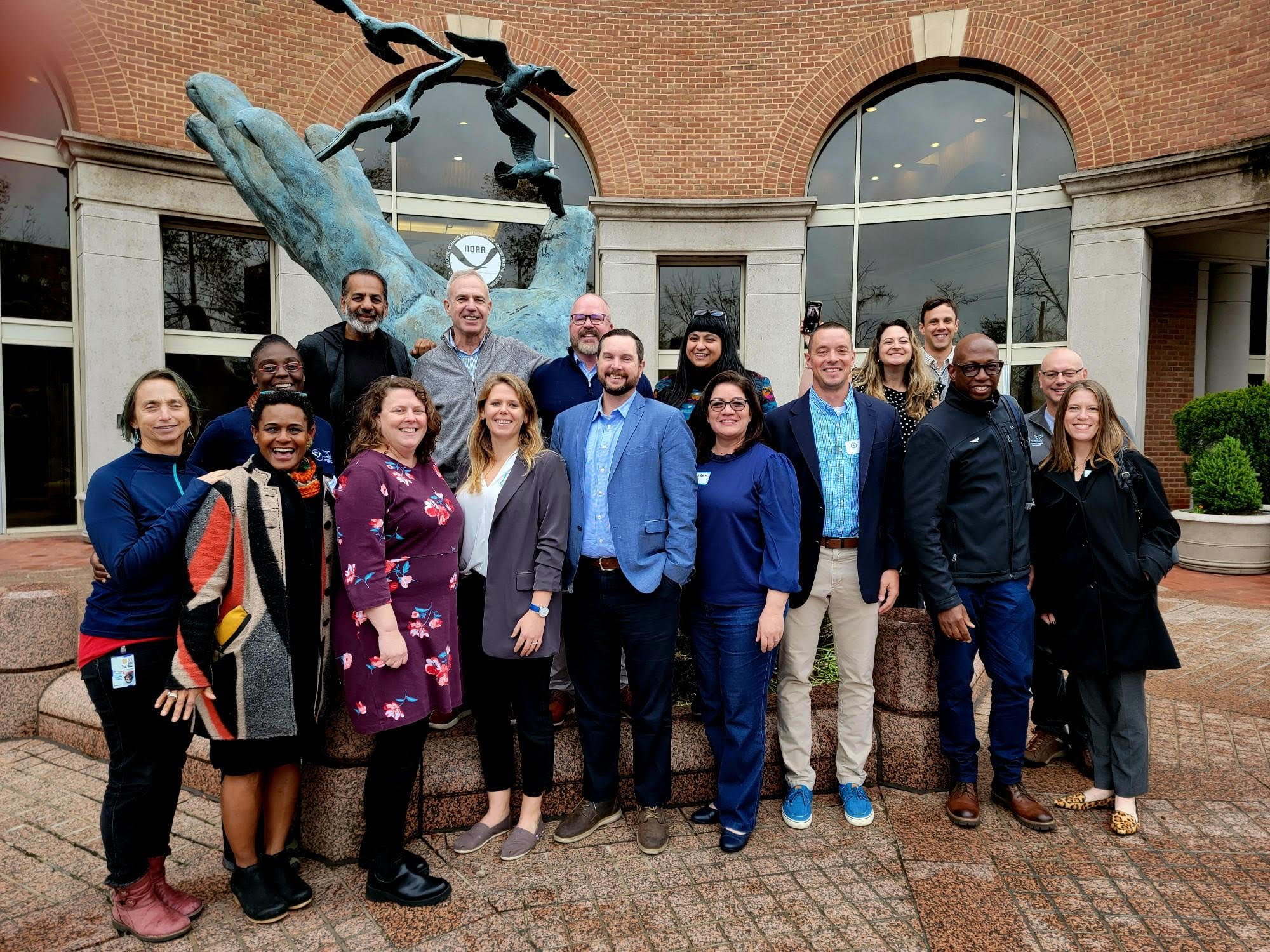
A Love Letter to our National Marine Sanctuary System Staff
A Love Letter to our National Marine Sanctuary System Staff
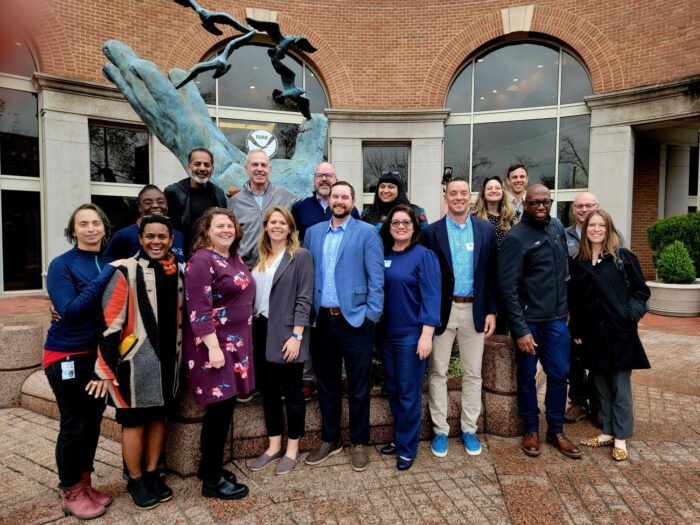
“…rich diversity is part of our natural heritage, a gift to be discovered, appreciated, and protected. Whether a natural ecosystem or a human community, diversity creates strength and resilience.”
By Betsy López-Wagner (López-Wagner Strategies, An Equitable Communications Agency®) and Keith Shattenkirk (Patagonia), NOAA Sanctuary System Business Advisory Council co-Chairs
There’s something to be said about the power of a love letter.
Crystallized emotions, intentional vulnerability, forged connection – often lengthy and highly descriptive, love letters remind us what really matters and who is at the core of care.
Together, in our final act as NOAA Sanctuary System Business Advisory Council co-Chairs, we thought it was fitting to pen this letter to share our respect and steadfast commitment to our nation’s essential NOAA Office of National Marine Sanctuaries staff, current and former, and to the advocates, communities, and visitors who have dedicated their lives to stewarding these special places in our ocean and Great Lakes, where natural wonder meets regenerative tourism and recreation.
Because of our Marine Sanctuary staff – their passion for the natural world, commitment to our cultural resources, and dedication to communities above and below water – the joys of inclusive learning, art, and science are in abundance. Local jobs and economies also thrive when these protected marine ecosystems, shipwrecks, and significant cultural and historical resources are safeguarded for generations to come.
The Council’s Charter, which established the Business Advisory Council in 2013 and authorized its renewal in 2020, expired last week. The Charter allowed us to offer official advice, guidance and recommendations to the Office’s leadership regarding the sustainable management of national marine sanctuaries and their natural and cultural resources. Heading into 2025, we understood the Office of National Marine Sanctuaries personnel and resource constraints would bring us to this moment.
While already operating in a resource-limited environment, the recent unlawful layoffs by the current administration have reached the very Marine Sanctuaries team we have proudly served alongside.
To each of those we’ve served alongside, followed and have met during our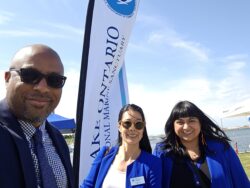 Council work, we are in solidarity with you and you have our enduring appreciation.
Council work, we are in solidarity with you and you have our enduring appreciation.
Thank you to the staff of the NOAA Office of National Marine Sanctuaries – from its director, deputy director, chief of staff and advisory teams, to the communities, superintendents and staff of the following national marine sanctuaries: American Samoa, Chumash Heritage, Channel Islands, Cordell Bank, Florida Keys, Flower Garden Banks, Gray’s Reef, Greater Farallones, Hawaiian Islands Humpback Whale, Lake Ontario, Mallows Bay-Potomac River, Monitor, Monterey Bay, Papahānaumokuākea, Olympic Coast, Stellwagen Bank, Thunder Bay, and Wisconsin-Shipwreck Coast, as well as Rose Atoll Marine National Monument, and to the National Marine Sanctuary Foundation staff and its board of trustees who are our counterparts in service and care.
Fulfilling this community engagement work leaves us humbled.
We’re thankful to each of the Sanctuary System Business Advisory Council’s final representatives, with active expertise and leadership from the Guy Harvey Foundation, Leave No Trace, López-Wagner Strategies, Monterey Bay Aquarium, Patagonia, Viking Cruises, and Virtual Planet Technologies. With seats exclusively focused on Communications and Marketing, Conservation, Natural and Cultural Resource Management, Equitable Experiences, Recreation, Tourism, Equitable Access, and Recreational Fishing, we have been in the company of extraordinary people with unwavering values, tenacity, and love for our Marine Sanctuaries.
In recent years, our national Council of 15 members also included representatives from the American Indian Alaska Native Tourism Association, Surf Industry Members Association, Hispanic Access Foundation, Recreational Boating & Fishing Foundation, R.Loomis Strategic Consulting, Mukuyu Collective, Outdoor Recreation Roundtable, REI, Yamaha Marine Business Unit, and Hyatt Hotels.
We have much to celebrate and to be proud of in the advisory support our current and past Council has offered. These efforts have advanced the future of our National Marine Sanctuary System of 18 national marine sanctuaries and two marine national monuments, the new sanctuaries designated during our terms, those under review for designation, and the acts we have abided by and supported through our service, inclusive of the National Marine Sanctuaries Act, Marine Mammal Protection Act, Migratory Bird Treaty Act, Endangered Species Act, and the Magnuson-Stevens Fishery Conservation and Management Act.
Across the years, it has been our charge to engage the recreation and tourism sectors and other movement partners with a mutual interest in marine resource protection to promote conservation and sustainable use of our ocean and Great Lakes for current and future generations. We have worked to communicate the value of Marine Sanctuaries to many audiences – to Save Spectacular and celebrate it – while determining and promoting the economic, social, and cultural value of national marine sanctuaries and other marine protected areas. We have also worked with recreation and tourism industries to improve visitor experiences for equitable access and inclusivity, while considering how to enhance public and private partnerships to achieve the National Marine Sanctuary System’s mission – all while growing strong, engaged communities.
It is not lost on us that many of the ocean and Great Lakes solutions our Council shared in our recommendations for a National Strategy for a Sustainable Ocean Economy are needed now more than ever. Without them, our nation stands to lose healthy communities and ecosystems. While pursuit of a systematic approach to ocean justice and progress on nature-based solutions, such as climate adaptive marine protected areas (MPAs) with greater protections, may be undermined, our cumulative support must remain.
After all, there is so much to lose.
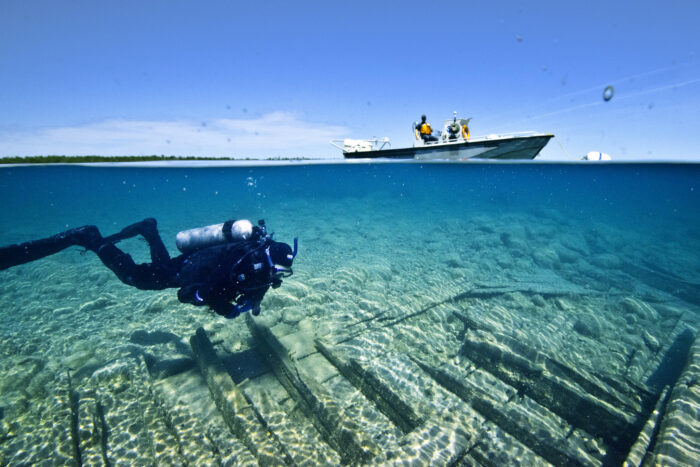
If our “coastal counties were an individual country, they would rank third in the world in GDP, surpassed only by the United States and China. The prosperity and security of this nation is therefore predicated on the understanding, health, and sustainable use of our ocean, coasts, and Great Lakes.”
We also recognize the need for equitable access and experiences to the ocean and coasts, and the necessity for a just transition to allow for a carbon-neutral future, with good paying jobs and job training. We need meaningful engagement with communities who have cultural connections to these special places and in the languages of their ancestral homelands – not English alone. We emphasize the importance of a racially, ethnically, culturally, and gender diverse workforce, inclusive of multi-generational individuals of all backgrounds, along with additional opportunities for those of marginalized and historically-excluded backgrounds and identities, as well as neurodivergencies.
Given our coasts and ocean are essential climate solutions – and the ocean is our powerful buffer against the climate crisis – we must remain steadfast in accelerating just practices in our national marine sanctuaries, ocean, and Great Lakes over extractive commercial industries which pose harm to human health and marine ecosystems. And we must elevate the social and economic benefits of successfully-managed marine protected areas for sustenance, livelihoods, regenerative tourism, and places to recreate and find joy.
We love our national marine sanctuaries for the way they secure thriving underwater ecosystems, advance science, help our understanding of protected areas and areas under consideration for protection, maintain cultural and historical importance, offer a place of familial experiences, spiritual connection, fun, and support livelihoods – in the communities where they are in proximity, as well as beyond.
We encourage support for our National Marine Sanctuary System, today and always. They are truly spectacular.
XO,
Betsy and Keith
Betsy López-Wagner is the principal and founder of López-Wagner Strategies, An Equitable Communications Agency®. Since 2021, she has served on the NOAA Sanctuary System Business Advisory Council, and became its co-Chair in 2022.
Keith Shatterkirk is program officer for Healthy Lands & Waters at Patagonia. He has served as a member of the NOAA Sanctuary System Business Advisory Council since 2022, and became its co-Chair in 2024.
